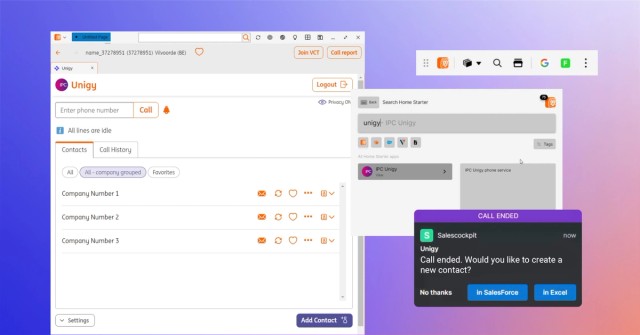February 10, 2020
How OpenFin is Revolutionizing FX Platforms

Across the capital markets, banks and buy-side firms are uncovering remarkable efficiencies thanks to interoperable applications and radically transformed desktops. While much of the conversation around this innovation has focused on the equities space, these growing trends are rapidly transforming one of the world’s largest markets: foreign exchange.
Before we dive into what some of our clients are doing with regard to FX, it’s helpful to review why it has historically lagged behind equities in terms of desktop modernization. While several new venues for stock trading have surfaced in recent years, the vast majority of the market share resides with a few centralized exchanges. Conversely, FX traders must work the interbank market, which is largely over the counter and highly fragmented.
This fragmentation of the FX marketplace leads to the fragmentation of applications – different web portals, analytics tools, pricing streams and so on. The usual result is a trader desktop that contains a glut of apps that do not work well together, which can frustrate end users and create workflows that prevent them from getting the most out of these powerful functionalities. Many FX professionals describe an information overload and stress a need for better visualization and alerting capabilities. Above all, traders need better guidance and more user-friendly workflows so that they can focus less on navigating their desktops and more on what they do best: trading.
Our desktop operating system is a comprehensive solution for this long list of inefficiencies. By building with OpenFin, developers can create platforms that can be instantly deployed and fit seamlessly into existing workflows and the larger FX ecosystem. In addition, our strong security and iterative development capabilities ease deployment, facilitating innovation within the dynamic FX space.
OpenFin has worked with a number of firms to enhance their FX capabilities, including BNP Paribas and J.P.Morgan. As much success as we’ve enjoyed in the equities space, we’re equally excited to help lead the charge as FX undergoes a similar digital transformation. Our work with BNP Paribas is a good illustration of the effect OpenFin can have on an FX platform. Since launching in 2013, BNP Paribas’s powerful Cortex platform has allowed FX professionals to make trades, develop strategies and access a range of the bank’s products, tools and services. However, with the FX landscape rapidly becoming more electronic, BNP Paribas decided that the application had to be redesigned, modernized and able to fit into an increasingly diverse array of workflows.
After performing a complete facelift into HTML5, Cortex now incorporates some of the best components OpenFin has to offer. The result is a dramatically changed the look and feel for the application, while creating and deploying its new capabilities and updates has never been easier. These include radically overhauled visualization and alerts capabilities, the ALiX digital trading assistant and a push towards
transparency, real-time TCA and in-depth venue analysis.
J.P. Morgan is another large institution that has used OpenFin to build its FX capabilities. J.P.Morgan’s eXecute platform helps clients access liquidity in the FX space, and with OpenFin’s workflow flexibility, users get a seamless, intuitive experience no matter what other apps are on their desktop.
These are the kind of functions we hoped to make standard when we founded the Financial Desktop Connectivity and Collaboration Consortium, or FDC3, of which BNP Paribas and J.P.Morgan are both members. Beyond these two, we have worked with several other firms to transform their FX platforms. There is clear momentum around these efforts, and the trend should continue as more firms learn how interoperability can transform their workflows.
Powerful algos, advanced TCA and increased transparency – these are just a few examples of the ‘equitization’ of the FX market. Firms from across the industry are looking for an edge in navigating this brave new world, and it makes sense that our powerful OS– a tried and true driver of efficiencies in equities — is having the same effect here. We at OpenFin want to continue helping FX firms bring these capabilities to their end users. While the gap is narrowing, the equities space remains much further along in its digital transformation journey. It’s time for FX professionals to benefit from these same efficiencies and take the plunge into a fully digital ecosystem. Developers, buy-siders and the FX market as a whole will thank them for it.
Enjoyed this post? Share it!
Related Posts
All Posts ->
Featured
Enhanced Deployment Flexibility with OpenFin's Fallback Manifests
Thought Leadership

Featured
ING Integrates OpenFin for Salesforce to Optimize Workflows
Thought Leadership